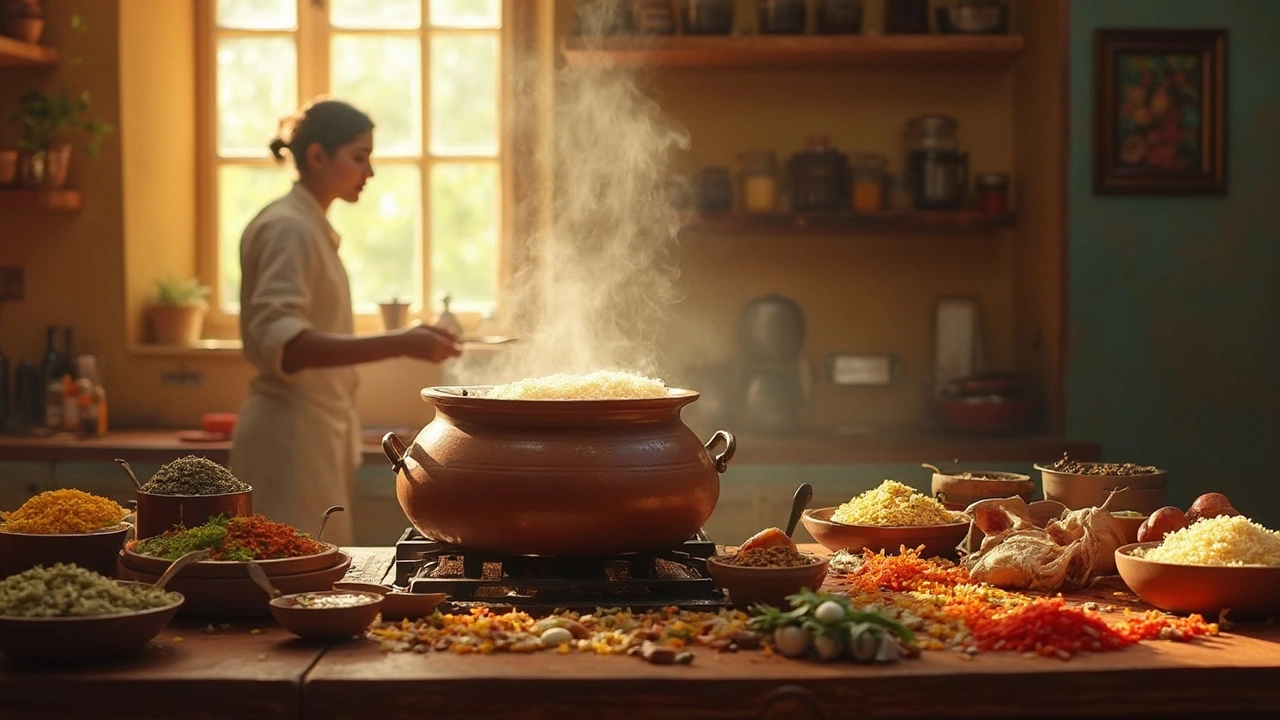Curious about how to cook rice perfectly every time? The 5 5 5 rule is a simple yet effective method that ensures fluffy, delicious rice. This article dives into how this technique works, with easy-to-follow steps. Learn interesting facts about rice cultivation and get tips that enhance your cooking. Say goodbye to mushy rice and hello to a delightful eating experience.
Cooking Rice: How It Connects to Farming, Soil, and Sustainable Food in India
When you cook rice, you’re not just heating grains—you’re finishing a process that started in a field, often under the Indian sun, months earlier. rice, a staple cereal grain grown across India’s wetlands and uplands, feeding over a billion people daily. Also known as paddy, it’s not a wild plant you can just let grow—it’s a crop that needs precise timing, water control, and soil prep to thrive. Most people don’t realize rice doesn’t come back every year. It’s an annual, meaning farmers must replant it each season, often after draining and preparing flooded fields. This isn’t magic—it’s labor, knowledge, and deep understanding of local climate cycles.
The rice you eat is shaped by what happens before harvest. Farmers who grow it rely on healthy soil, which is why soil amendments, like compost and leaf mold, help loosen dense earth and improve drainage for better root growth matter so much. If the soil is too tight or waterlogged, the rice won’t grow right, and that affects the grain’s texture, taste, and yield. Even something as simple as drip irrigation, a system that delivers water slowly and directly to plant roots, can make the difference between a good harvest and a failed one. These aren’t fancy gadgets—they’re practical tools used by small farmers across India to save water and grow more rice with less waste.
And it’s not just about the field. The way rice is grown impacts the environment. Traditional methods use lots of water, but newer approaches—like alternating wet and dry cycles—are cutting usage by 30% or more. This shift ties into broader ideas like sustainable agriculture, farming that protects soil, water, and biodiversity while still feeding people. When you choose rice grown with these methods, you’re supporting a system that lasts. You’re also connecting to a chain of knowledge: from the gardener who composts kitchen scraps to the farmer who plants rice in sync with monsoon patterns.
What you find below are real posts that dig into these connections. You’ll read about how rice fits into India’s crop cycles, why soil health matters for every grain, and how small changes in farming can ripple all the way to your kitchen. There’s no fluff—just clear, practical insights from people who grow, study, and live with food. Whether you’re curious about where your rice comes from or want to grow something similar in your own space, these posts give you the real story behind the bowl.
